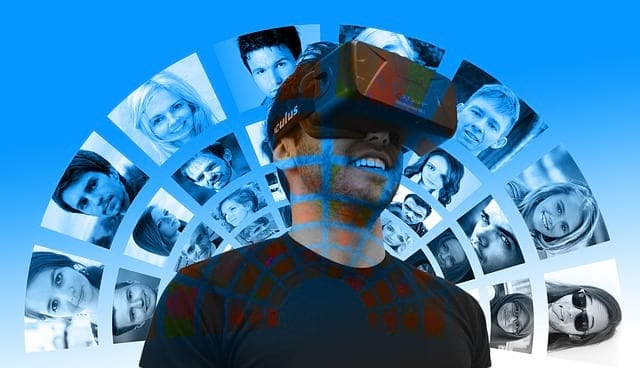VR and AR technology is at the very beginning of its journey to virtual success. The different headsets, from Sony and Samsung headsets, have been receiving a lot of attention and interest over the past few months – especially during the more seasonal periods. But the potential for these technologies is just in the very conception stages and has a long way to go. Industry giants all have different perceptions and ideas of what the future holds for this technology, here is a little insight into the possibilities and potential for future for VR.

The up and coming computing platform:
The main focus for VR has been on entertainment and gaming, but the potential to explain into other fields is increasing every day. Mark Zuckerberg, the creator of Facebook, stated in an interview that this technology could be the next step for business and computing. Communication technology could be massively improved by VR, this could intervene with interviews and work-related projects to create a more technologically inclusive and advanced method of information transfer
Traction:
Zuckerberg also revealed the sentiment that VR and AR will not be fully integrated into society for another 5-10 years, as there are many obstacles to surpass before it can penetrate into the mainstream market. At present, this technology is more of a gimmick and a novelty, rather than a necessity for everyday lives, if we look at the progression of the phone, it was not until the smartphone reached its peak until there was mass consumer interest. Research teams in big companies such as Facebook, Apadmi, and Sony are currently working on various different methods, programs and applications to get perfectly in line with business and consumer demand, to truly improve the methods of business communication.
Different outlooks:
One of the great aspects of VR and AR is the fact that it can provide a new and more detailed insight into the world. It can be a great visual learning aid for young children and adults alike. This technology can allow the user to immerse themselves into a different reality, into new and exciting places that are often inhabitable and inaccessible. Whether that is under the sea, or in space – as technology advances and the applications become more detailed and varied, there will be new destinations to discover and more to learn. In time, VR will hold the ability to bridge the gap between memory and reality in a new virtual world, as filmmakers and developers are exploring the idea of devising a way to develop recording technology to record home movies.
Sensory VR:
In the coming years, it is expected that AR and VR will surpass sensory and auditory senses, and also begin to incorporate other things, such as smell and touch. If app developers and creators can find a way to tap into our other senses, then the notion of virtual reality will become blurred, and the notion of reality will be more believable. Sensory VR is quite reminiscent of the 4D cinematic experience, where touch and smell are incorporated. The advancement of technology will see the advancement of technological ability, so as the popularity of VR headsets and devices grows, so will the potential for a more immersed and in-depth experience. VR hardware and software makers are already thinking about how this technology can go from immersive to fully interactive over the coming years.


